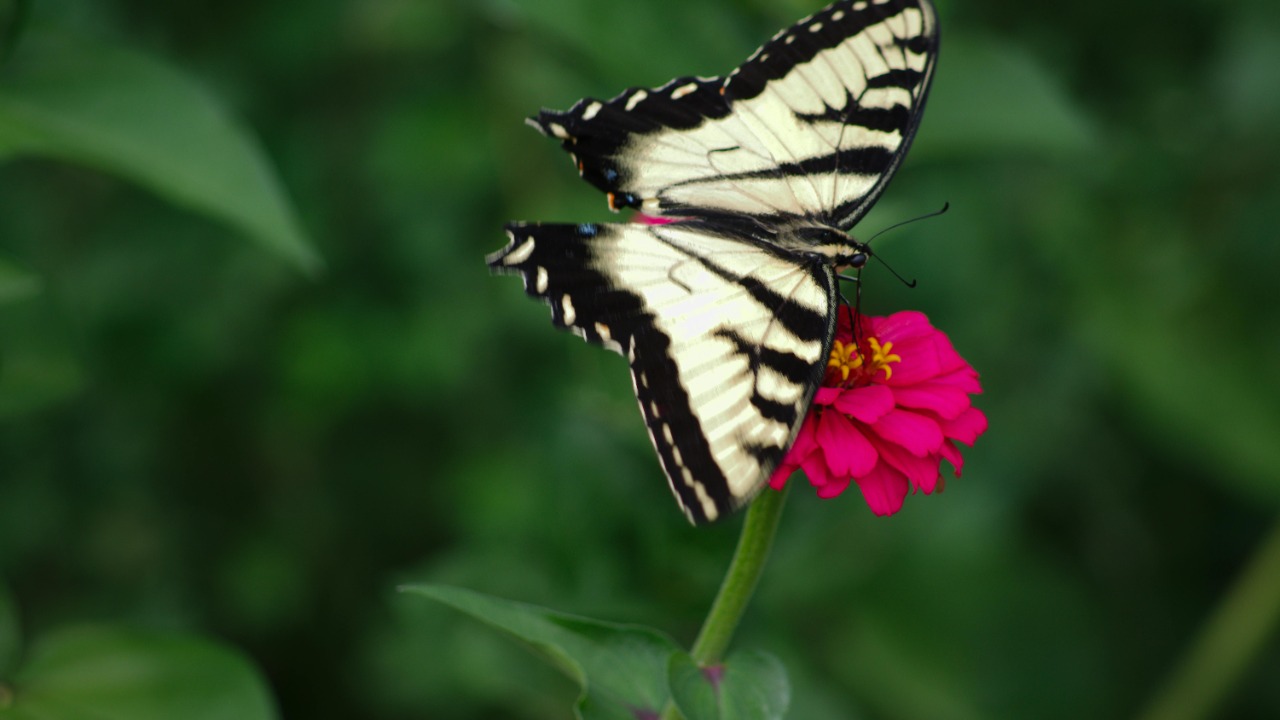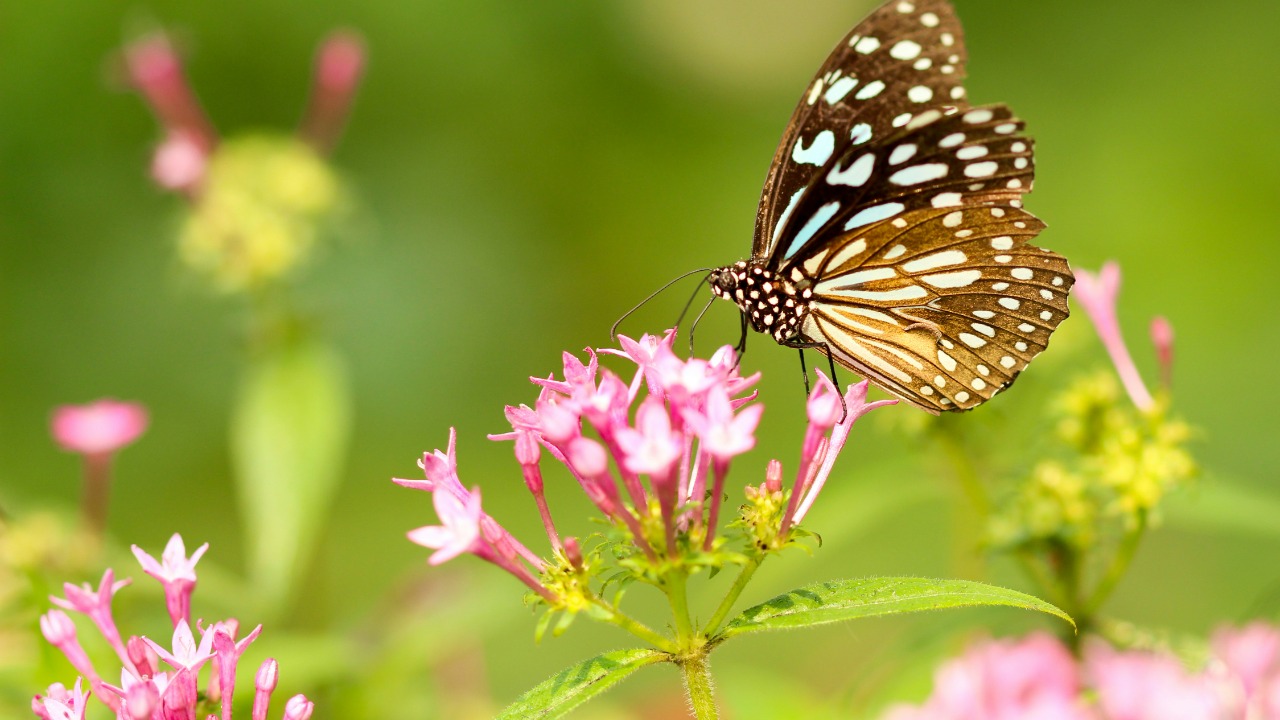
Over the past two decades, the butterfly population in the United States has experienced a significant decline of 22%. This alarming trend has raised concerns among scientists and conservationists, who are seeking to understand the reasons behind the decline and explore potential solutions to protect these vital pollinators.
The Current State of U.S. Butterfly Populations

Since 2000, the butterfly population across the United States has declined by a staggering 22%. This decline is highlighted by a comprehensive analysis of various species that underscores a worrying trend across many regions. Some studies suggest that this decline is not uniform; specific areas, especially those with extensive urbanization and intensive agricultural activity, have seen more pronounced reductions. This can be attributed to the pressures exerted on natural habitats, which are essential for the survival and reproduction of these delicate insects.
Regionally, there are significant variances in the rates of decline. For instance, the Midwest, known for its vast stretches of agricultural land, has reported some of the most severe losses, while certain coastal regions have managed to maintain more stable populations. These disparities are often linked to local conservation efforts and varying levels of habitat preservation. Interestingly, the U.S. decline mirrors global patterns, with countries like the UK experiencing similar emergencies regarding their butterfly populations.
Factors Contributing to the Decline

The decline in butterfly populations can be attributed to multiple factors, with habitat loss and fragmentation being primary concerns. As urban areas expand and agricultural practices intensify, natural habitats are increasingly being encroached upon or destroyed. This not only limits the availability of food sources but also disrupts migration routes essential for various butterfly species. For instance, the transformation of prairies into farmlands in states like Iowa and Illinois has significantly affected local butterfly populations.
Climate change further exacerbates these challenges. Altered weather patterns, including unseasonal temperature fluctuations and extreme weather events, have a profound impact on butterfly life cycles, from breeding to migration. These changes can lead to mismatches in the timing of life events, such as the availability of nectar sources when butterflies emerge. Furthermore, the pervasive use of pesticides in agriculture cannot be overlooked. Pesticides, while aimed at controlling pest populations, also inadvertently harm non-target species, including butterflies. A study conducted in 2018 revealed that pesticide exposure leads to significant mortality rates in butterfly populations, further contributing to their decline.
Ecological and Economic Implications

Butterflies play a crucial role in pollination, aiding in the reproduction of many plants and contributing to biodiversity. Their decline, therefore, has far-reaching ecological implications. Reduced pollination can lead to decreased plant diversity, which in turn affects the entire ecosystem. As butterflies contribute to the pollination of crops, their decline also poses a direct threat to agriculture. The economic repercussions are significant, given the reliance of various industries on natural pollinators. The reduction in butterfly numbers could lead to increased costs for artificial pollination methods and potentially affect crop yields.
The loss of butterfly populations also disrupts ecosystem balance. Butterflies serve as prey for various birds and other wildlife, and their decline can lead to a ripple effect throughout the food chain. Such imbalance can affect predator-prey dynamics, leading to unforeseen consequences in ecosystem health. Moreover, the decline in butterfly populations is emblematic of broader environmental issues that require urgent attention.
Conservation Efforts and Solutions

In response to the alarming decline in butterfly populations, several conservation initiatives have been launched. Organizations and government bodies are working to protect and restore butterfly habitats. For example, the U.S. Fish and Wildlife Service has implemented programs aimed at increasing the availability of milkweed, which is crucial for monarch butterfly larvae. Furthermore, efforts are being made to preserve existing habitats by establishing protected areas and promoting sustainable land-use practices.
Community involvement is also a critical component of conservation efforts. Citizen science initiatives, such as the North American Butterfly Monitoring Network, encourage local communities to participate in data collection and monitoring activities. These efforts not only provide valuable data but also raise awareness about the importance of conserving butterfly populations. Policy and regulatory changes are being considered to mitigate threats to butterflies, such as restrictions on pesticide use and incentives for sustainable agriculture. Such measures are essential for creating an environment conducive to butterfly survival.
The Way Forward

Innovative research approaches are being developed to better understand and address the decline in butterfly populations. Advances in genetic research and habitat modeling are providing insights into how various species adapt to changing environmental conditions. These technologies can inform conservation strategies and contribute to more effective restoration efforts. Moreover, public awareness and education play a vital role in promoting conservation efforts. Initiatives aimed at educating the public about the importance of butterflies and their role in ecosystems are crucial for fostering a culture of conservation.
Collaborative efforts between scientists, policymakers, and the public are essential to safeguarding butterfly populations for future generations. By working together, stakeholders can develop comprehensive strategies that address the multiple factors contributing to the decline. As highlighted in a recent BBC report, international cooperation is necessary to tackle the global challenges facing butterfly populations. Through collective action, it is possible to reverse the decline and ensure that these vital pollinators continue to thrive in our ecosystems.